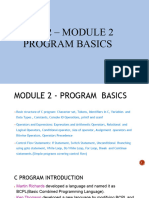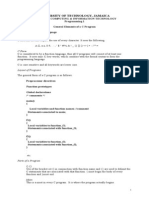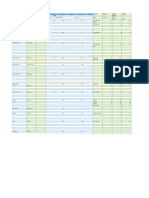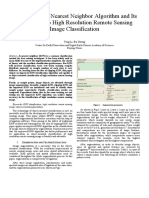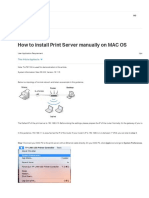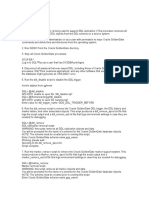0% found this document useful (0 votes)
12 views10 pagesPSPC Unit I C Basics of Programming in C
The document provides an overview of programming in C, covering its history, basic structure, and key components such as preprocessor directives, data types, variables, functions, and operators. It explains the software development cycle and includes examples of basic functions like printf() and scanf(). Additionally, it details various operators used in C programming, including arithmetic, logical, relational, and bitwise operators.
Uploaded by
gdrivee515Copyright
© © All Rights Reserved
We take content rights seriously. If you suspect this is your content, claim it here.
Available Formats
Download as PDF, TXT or read online on Scribd
0% found this document useful (0 votes)
12 views10 pagesPSPC Unit I C Basics of Programming in C
The document provides an overview of programming in C, covering its history, basic structure, and key components such as preprocessor directives, data types, variables, functions, and operators. It explains the software development cycle and includes examples of basic functions like printf() and scanf(). Additionally, it details various operators used in C programming, including arithmetic, logical, relational, and bitwise operators.
Uploaded by
gdrivee515Copyright
© © All Rights Reserved
We take content rights seriously. If you suspect this is your content, claim it here.
Available Formats
Download as PDF, TXT or read online on Scribd
/ 10





